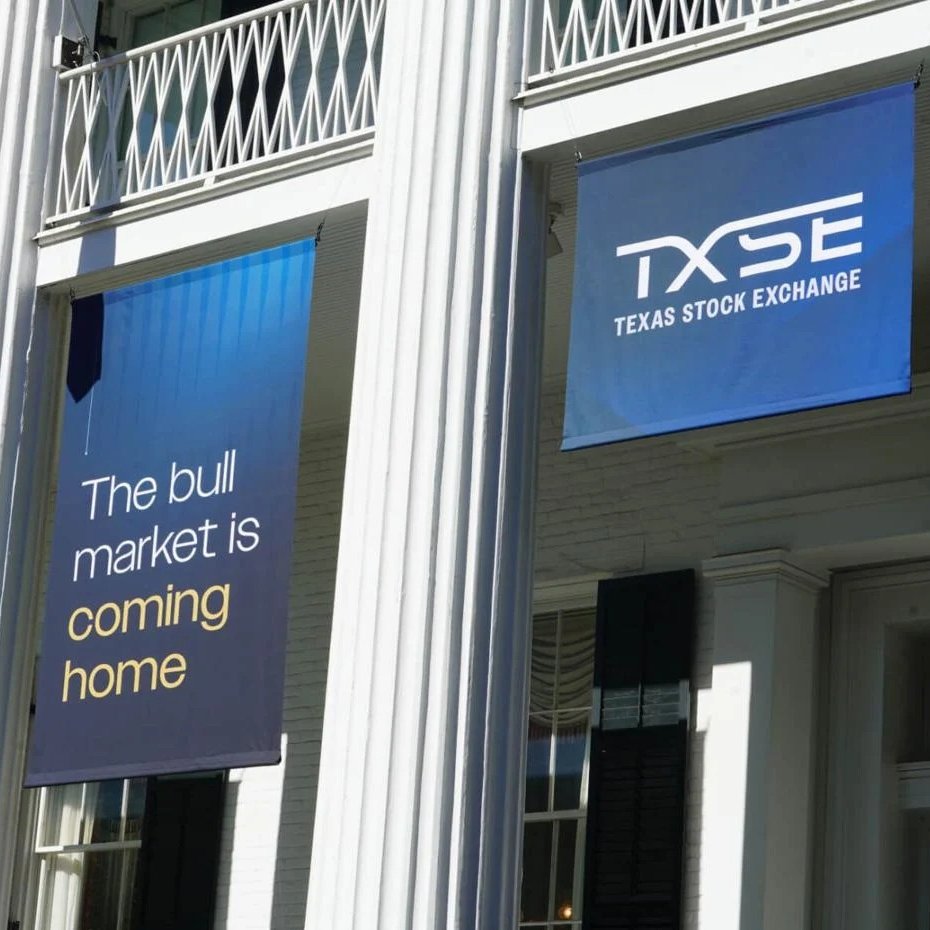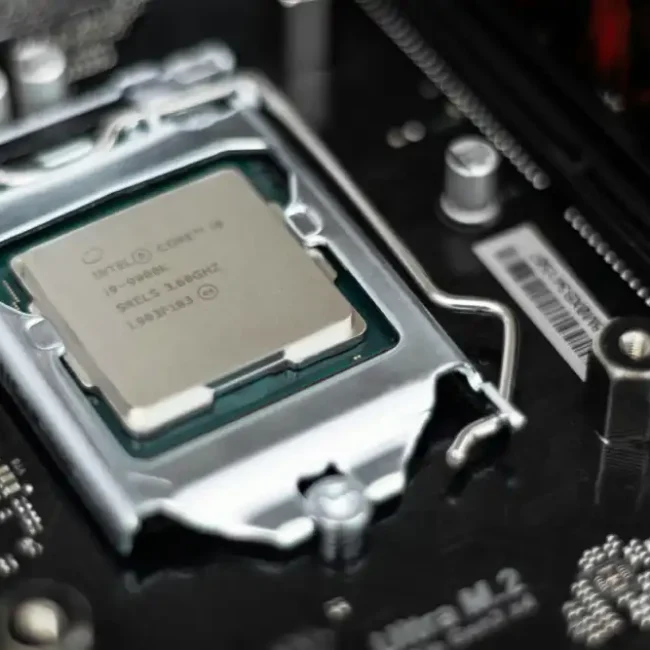The Texas Stock Exchange (TXSE) is progressing toward becoming a major financial hub, aiming to provide an alternative trading platform outside of Wall Street. With growing investor interest and regulatory preparations underway, the exchange is positioning itself as a competitive player in the U.S. financial markets.
Key Developments
- Regulatory Approvals:
- TXSE is actively engaging with financial regulators to finalize its operational framework.
- Approval from the U.S. Securities and Exchange Commission (SEC) is a critical next step.
- Investor Backing:
- Major financial firms and private equity investors are supporting the initiative.
- The exchange aims to attract listings from companies looking for an alternative to the New York Stock Exchange (NYSE) and Nasdaq.
- Infrastructure and Technology:
- TXSE is developing robust trading systems to ensure seamless transactions.
- Advanced cybersecurity measures are being implemented to protect market participants.
Why Texas?
- Business-Friendly Environment:
- Texas offers tax advantages and fewer regulatory constraints compared to financial hubs like New York.
- The state’s growing economy and corporate relocations make it an attractive location for an exchange.
- Diversification of U.S. Financial Markets:
- The launch of TXSE could decentralize financial activity in the U.S.
- Increased competition may lead to improved services and lower transaction costs.
- Political and Economic Factors:
- Rising concerns over regulatory policies in traditional financial centers have driven interest in alternative markets.
- Texas has been actively courting businesses and financial institutions to strengthen its economic position.
Challenges and Considerations
- Regulatory Hurdles:
- The SEC’s approval process may delay the exchange’s launch.
- Compliance with national and international financial regulations is essential.
- Market Adoption:
- Convincing major corporations to list on TXSE instead of NYSE or Nasdaq could take time.
- Institutional investor confidence will play a crucial role in the exchange’s success.
- Infrastructure and Liquidity:
- Establishing a fully operational trading system that competes with existing exchanges is a major challenge.
- Ensuring sufficient market liquidity for efficient trading is key to long-term viability.
Conclusion
As the Texas Stock Exchange moves closer to reality, it has the potential to reshape the U.S. financial landscape by offering a competitive and business-friendly alternative to existing exchanges. While regulatory and market challenges remain, strong investor backing and Texas’ economic appeal could position TXSE as a significant player in the future of trading.
For more information, visit The New Money.





